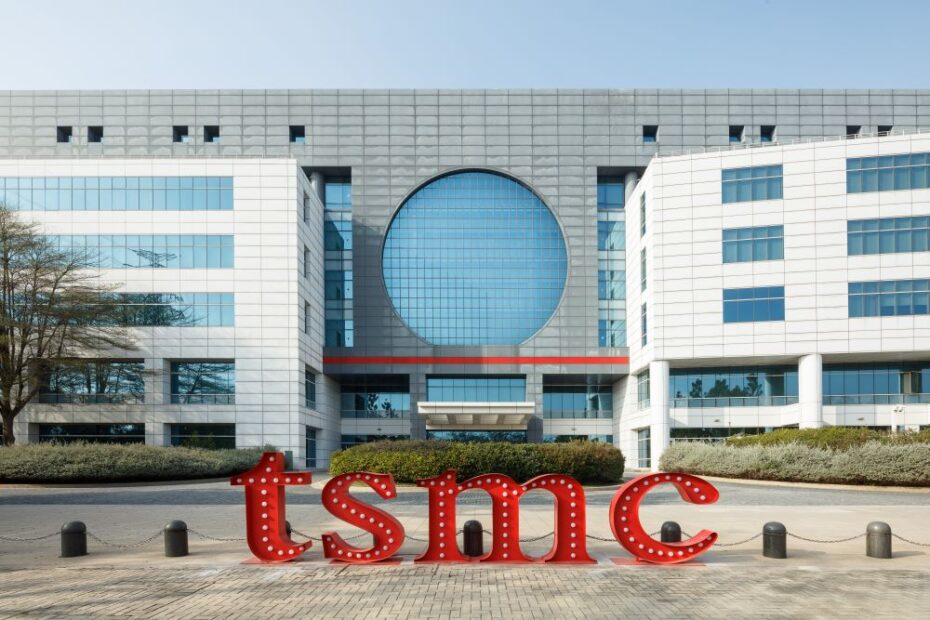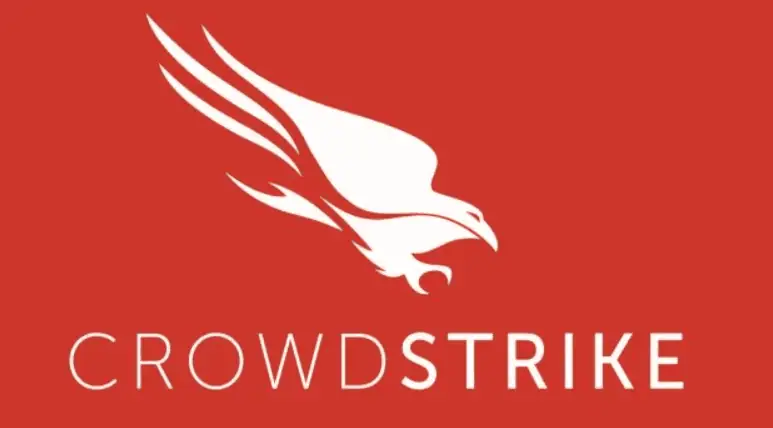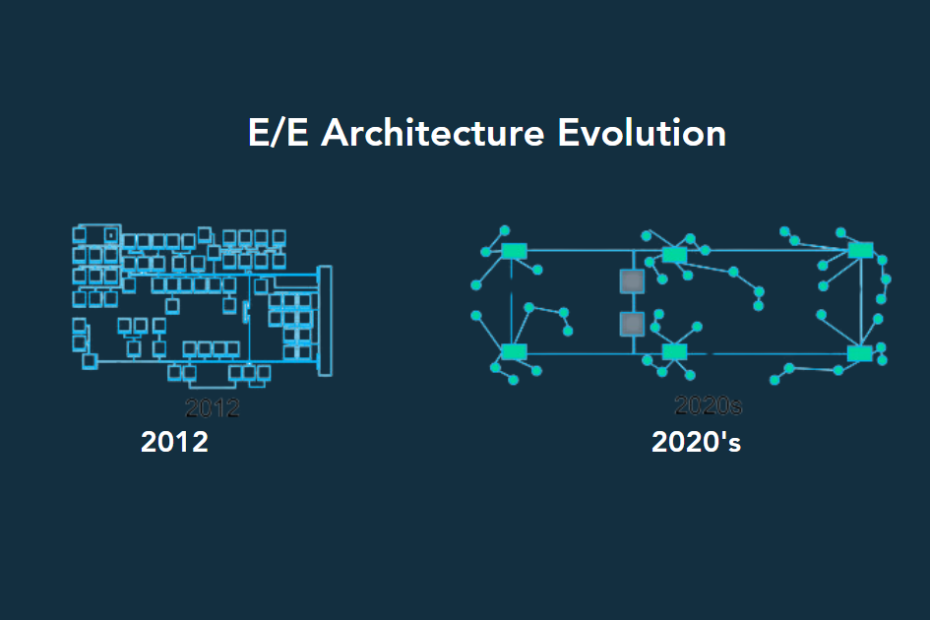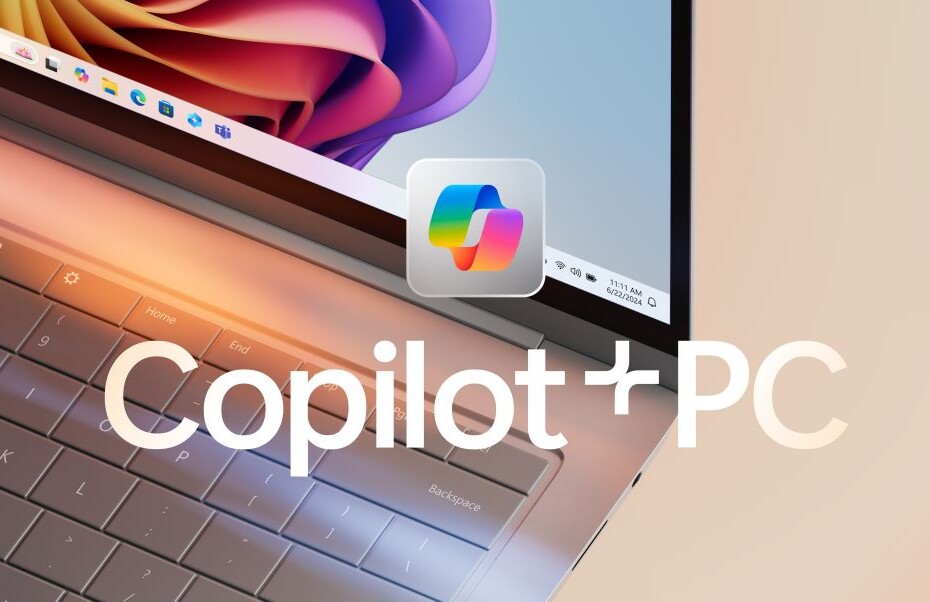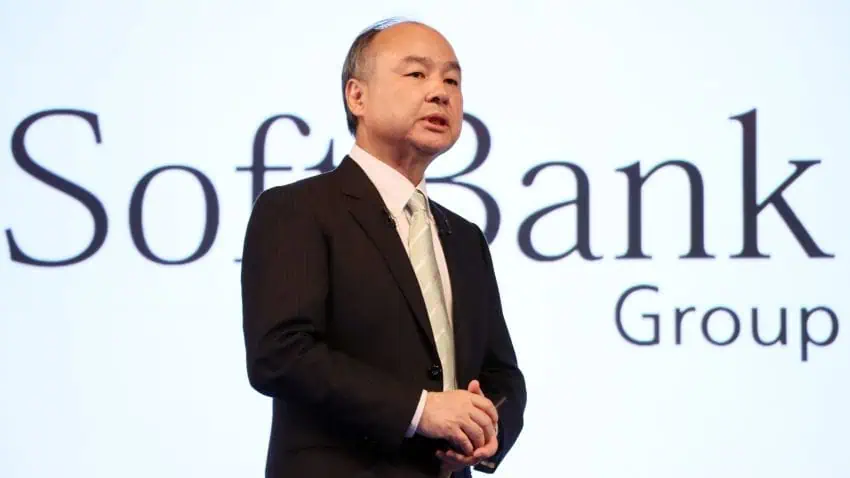TSMC’s ‘Invaluable’ Status Makes it a Target. Change, it Must
By Bolaji Ojo
What’s at stake
TSMC’s founders and the government of Taiwan didn’t plan on it becoming such a linchpin in electronic production but now that it has become the world’s No. 1 foundry, the role comes with responsibilities beyond the island’s geographic borders. Is the contract chipmaker willing and ready to shoulder the burdens that governments at home and abroad, customers and the entire semiconductor industry have placed on it?
In market capitalization, Taiwan Semiconductor Manufacturing Co. Ltd. (TSMC) is a distant second to customer Nvidia Corp., the world’s most valuable chipmaker.
Nvidia’s CEO Jensen Huang is on record for admitting his company – without the services provided by TSMC – would either not exist or be a completely different enterprise playing a much smaller role in the electronics value chain.
Not everyone in the electronics market would so bluntly state their reliance on the Hsinchu, Taiwan-based foundry. Apple Inc., the foundry’s biggest and perhaps most important customer accounting for about one-quarter of TSMC’s annual revenue, hardly talks about the supplier it relies upon for the majority of its semiconductor requirements.
The technology world may not admit this reality to themselves, but one company – TSMC – has become its most “invaluable” asset. TSMC is redefining how the industry operates and, in some ways, even its future. This is a fact the industry struggles with, hesitant to openly discuss what could turn into its biggest headache if a major disaster happens in Taiwan or if governments clash over the island’s future.
Read More »TSMC’s ‘Invaluable’ Status Makes it a Target. Change, it Must
